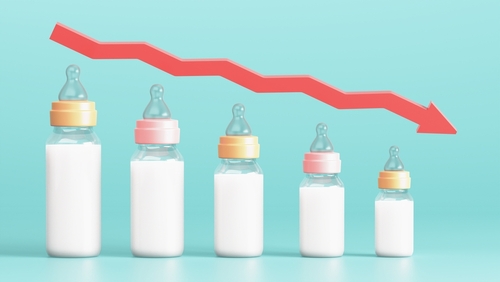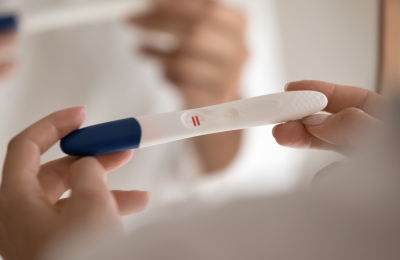
Figures published by the Office of National Statistics showed the number of births per woman in England and Wales has dropped to its lowest since 1938, with the average fertility rate now at 1.44 children per woman, according to recent data from the Office for National Statistics (ONS). This rate is significantly below the 2.08 needed to maintain population size without migration and has remained under replacement level since 1973. The ONS also highlighted that, of women aged 25 today, only 20% had a child before turning 25, marking the lowest percentage of early motherhood among generations.
Experts suggest policy changes could potentially support family growth. Dr. Bassel Wattar, an associate professor in reproductive medicine, advocates for extended paid parental leave, additional childcare funding, and increased NHS support for fertility treatments. Some officials, like former MP Miriam Cates, argue that low fertility is a consequence of policies that fail to support family life, asserting that having children is essential, not simply a "lifestyle choice."
However, policies designed to raise birth rates can be costly and have had mixed results globally. Professor Melinda Mills, a demography expert, warns that these measures often have limited impact. South Korea, with the world’s lowest fertility rate of 0.72 children per woman, has invested over $270 billion with little effect.
Factors like high housing costs, stagnant wages, and shifting social expectations contribute to the decline. A survey found that a quarter of 18- to 25-year-olds likely won’t have children. Demographer Brienna Perelli-Harris notes that Gen Z may feel less social pressure to have children and face economic barriers such as childcare costs. Additionally, Dr. Ippokratis Sarris, a reproductive medicine consultant, cautions that fertility treatments cannot fully counter the effects of aging on fertility.
Sources:
Fertility rate falls further, now lowest since WW2
How is the fertility rate changing in England and Wales? - Office for National Statistics







































































